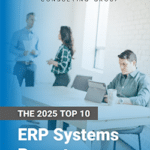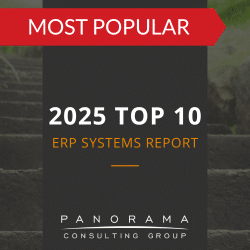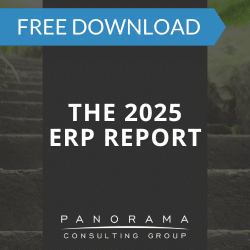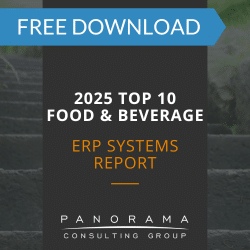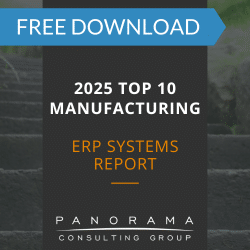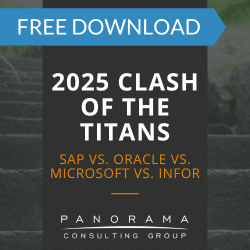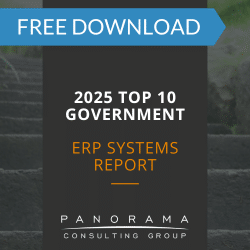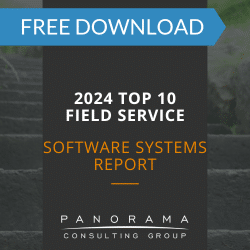In today’s data-centric world, the terms “predictive analytics” and “prescriptive analytics” are increasingly becoming part of the business lexicon. Both methodologies offer a forward-looking perspective but cater to different needs and outcomes.
Understanding the difference between predictive and prescriptive analytics is crucial for organizations that are navigating the latest business technology trends.
Predictive vs Prescriptive Analytics: An Evolution
The evolution of business analytics marks a significant shift in how organizations leverage data to inform decisions.
Initially, businesses relied heavily on descriptive analytics, a process that uses historical data to understand what happened in the past. This enabled companies to identify trends and patterns in sales, financials, and customer behavior.
As powerful as descriptive analytics is, it lacks the foresight and actionable guidance businesses need to navigate future challenges and opportunities.
Predictive Analytics to the Rescue
The next step in the analytics evolution utilizes historical data, statistical algorithms, and machine learning techniques to forecast future outcomes. Predictive analytics is the key to anticipating trends, demand changes, and the likelihood of potential issues.
The key components of predictive analytics include:
- Data Mining: Extracting useful patterns and correlations from large sets of data.
- Statistical Analysis: Understanding relationships within data through statistical models.
- Machine Learning: Applying algorithms that learn from and make predictions on data.
When we talk about artificial intelligence (AI) in the context of predictive analytics, we’re referring to the application of the machine learning models to process data, learn from it, and make predictions about future outcomes.
For instance, the top manufacturing ERP systems have AI algorithms that can predict equipment failures before they occur, enabling proactive maintenance. This capability stems from machine learning algorithms analyzing historical operation data and identifying patterns that precede failures.
Prescriptive Analytics Swoops In
This type of analytics not only forecasts what could happen but recommends actions to achieve desired outcomes and mitigate risks.
Prescriptive analytics employs a variety of advanced methodologies to sift through complex data sets and suggest courses of action. These include:
- Machine Learning: Beyond just predicting, machine learning algorithms in prescriptive analytics learn from data over time, continually refining and improving recommendations.
- Simulation Algorithms: These allow businesses to model and simulate different decision-making scenarios to evaluate potential outcomes. This is particularly useful in supply chain management, where companies can simulate logistics and distribution strategies to find the most efficient path.
- Optimization Techniques: Prescriptive analytics uses mathematical optimization models to find the best solution among various choices, considering constraints and objectives. This is vital in resource allocation and budgeting, ensuring that resources are deployed in the most effective manner.
- Rule-based Systems: These systems apply if-then rules to data, automating decision-making processes. For example, in customer service, rule-based systems can automatically escalate issues based on certain triggers, improving response times and customer satisfaction.
In prescriptive analytics, rule-based systems and machine learning models often complement each other. While rule-based systems handle well-understood decision processes, machine learning models tackle more complex problems where patterns and relationships are not immediately obvious.
The 2025 ERP Report
72.6% of respondents said they've already deployed AI at their organizations. Learn about AI adoption and other ERP trends by downloading our latest report.
The Difference Between Predictive and Prescriptive Analytics
While both predictive and prescriptive analytics are forward-looking approaches that offer substantial benefits, their primary difference lies in their output.
Predictive analytics provides forecasts about future probabilities, equipping organizations with insights to prepare for what might come.
In contrast, prescriptive analytics delivers actionable recommendations, guiding businesses on the steps to take to achieve their goals.
Consider a global supply chain management company facing the challenge of reducing operational costs while maintaining high service levels. The company might use predictive models to forecast demand and identify potential supply chain disruptions.
Meanwhile, they might use prescriptive analytics to access recommendations on optimal inventory levels, supplier selections, and logistics strategies based on a variety of future scenarios.
Challenges and Considerations of Predictive and Prescriptive Analytics
Predictive and prescriptive models can perpetuate existing biases if not carefully managed. Organizations must ensure transparency in how data models are constructed and used.
Aside from ethical concerns, other considerations include the need for high-quality data and the challenge of integrating analytics tools with existing systems.
Our ERP selection consultants frequently help clients understand their current systems landscape so they can effectively integrate analytics solutions. We identify gaps, anticipate integration challenges, and develop a strategic approach to adopting analytics capabilities. This enables organizations to leverage the full potential of advanced analytics without disrupting ongoing operations.
Make More Data-Driven Decisions
Your business captures volumes of valuable data every day. What you do with it is up to you.
Our ERP consulting team can help you leverage this data to your benefit. Contact us below for a free consultation.
